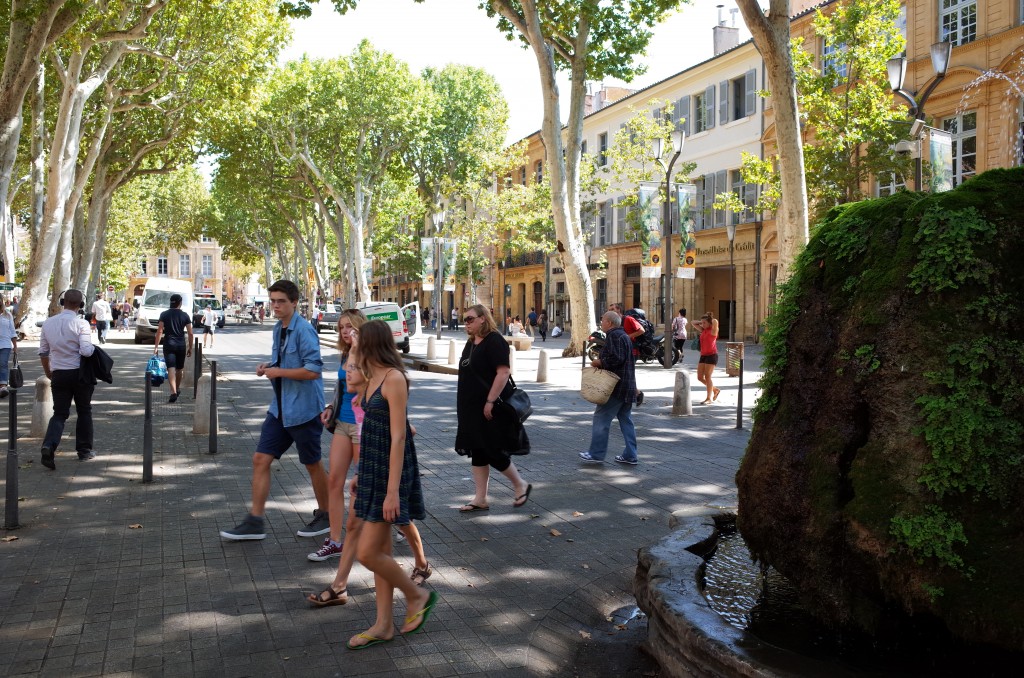Editor’s Note: This is a guest post from Chuck Wolfe and was originally published on myurbanist.com.
Have you ever wondered why some places seem built for automobiles as opposed to humans?
In a recent study, J. Alexander Maxwell and fellow researchers from the University of Strathclyde’s Urban Design Studies Unit found evidence that before the rise of the automobile, cities developed on a walkable “human” scale, with main streets that rarely exceeded 400 meters (a little more than 437 yards).
I recently joined Mr. Maxwell as co-author of an article in the London School of Economics and Political Science American Politics and Policy Blog. Together, we argue that this uniformity reveals an underlying pattern to pedestrian city settings, which merits renewed attention in contemporary urban design and policies.
Read our article here.
Image composed by the author in Aix-en-Provence, France. Click on the image for more detail. © 2009-2014 myurbanist. All Rights Reserved. Do not copy.
See more from the myurbanist archives.



